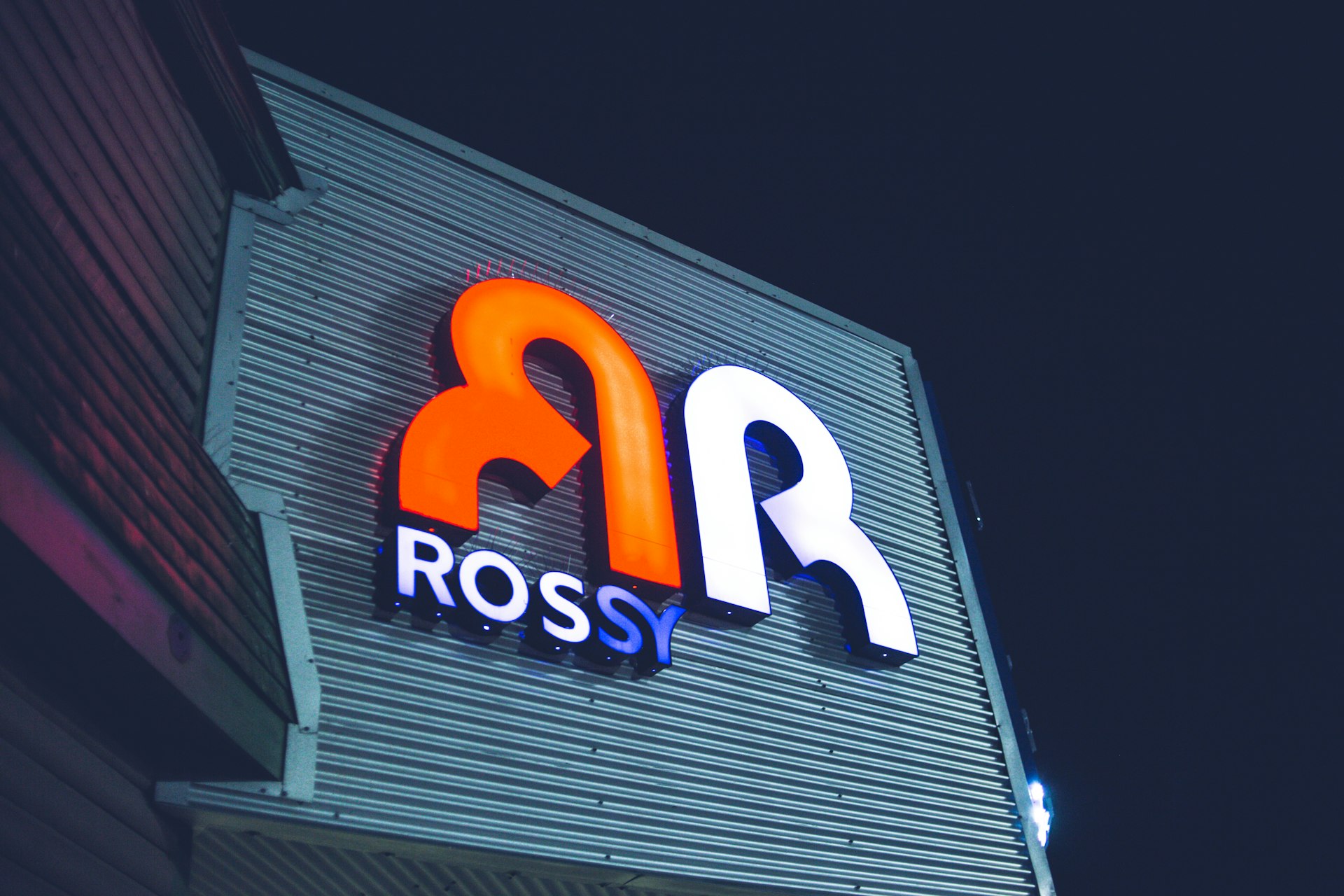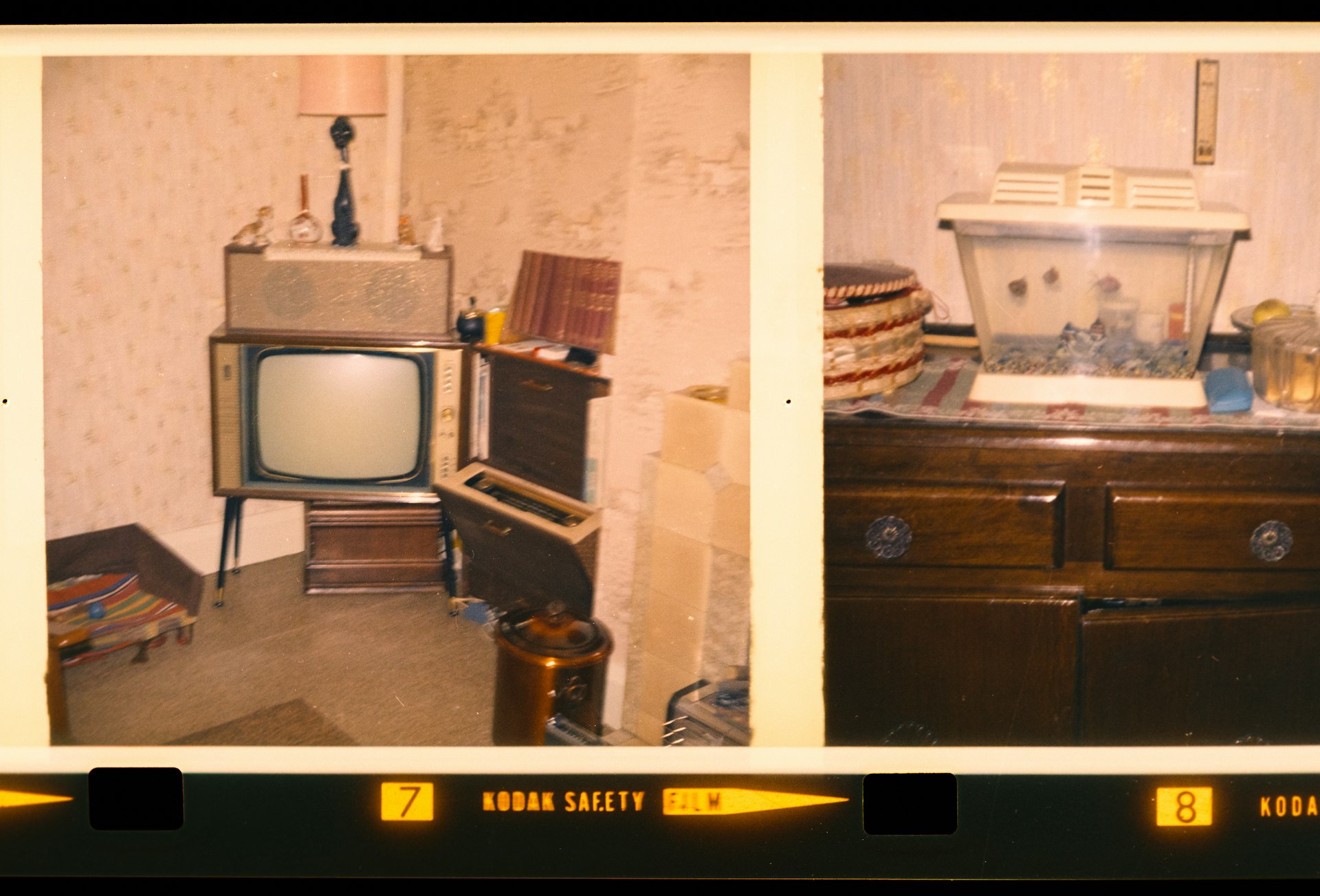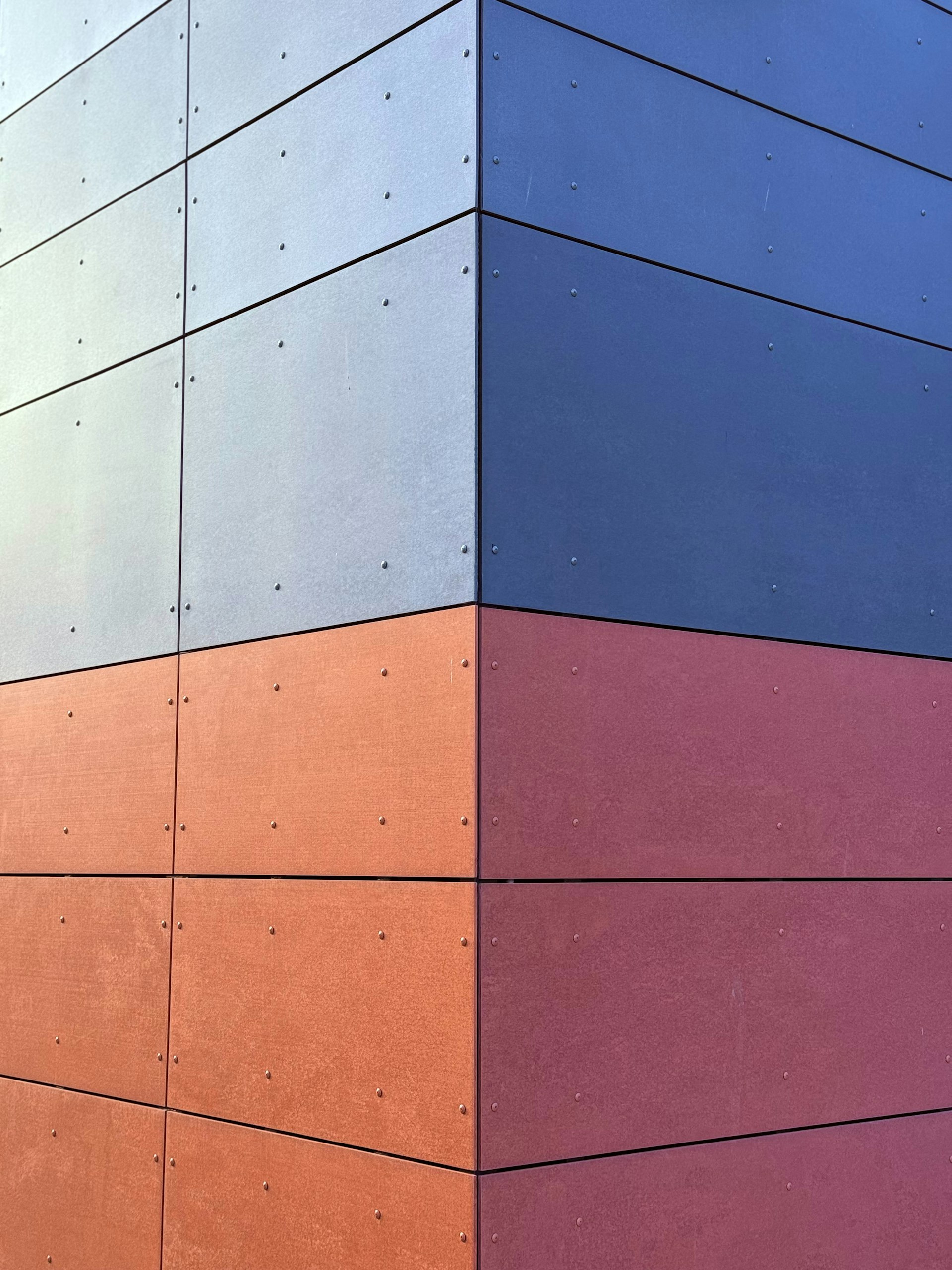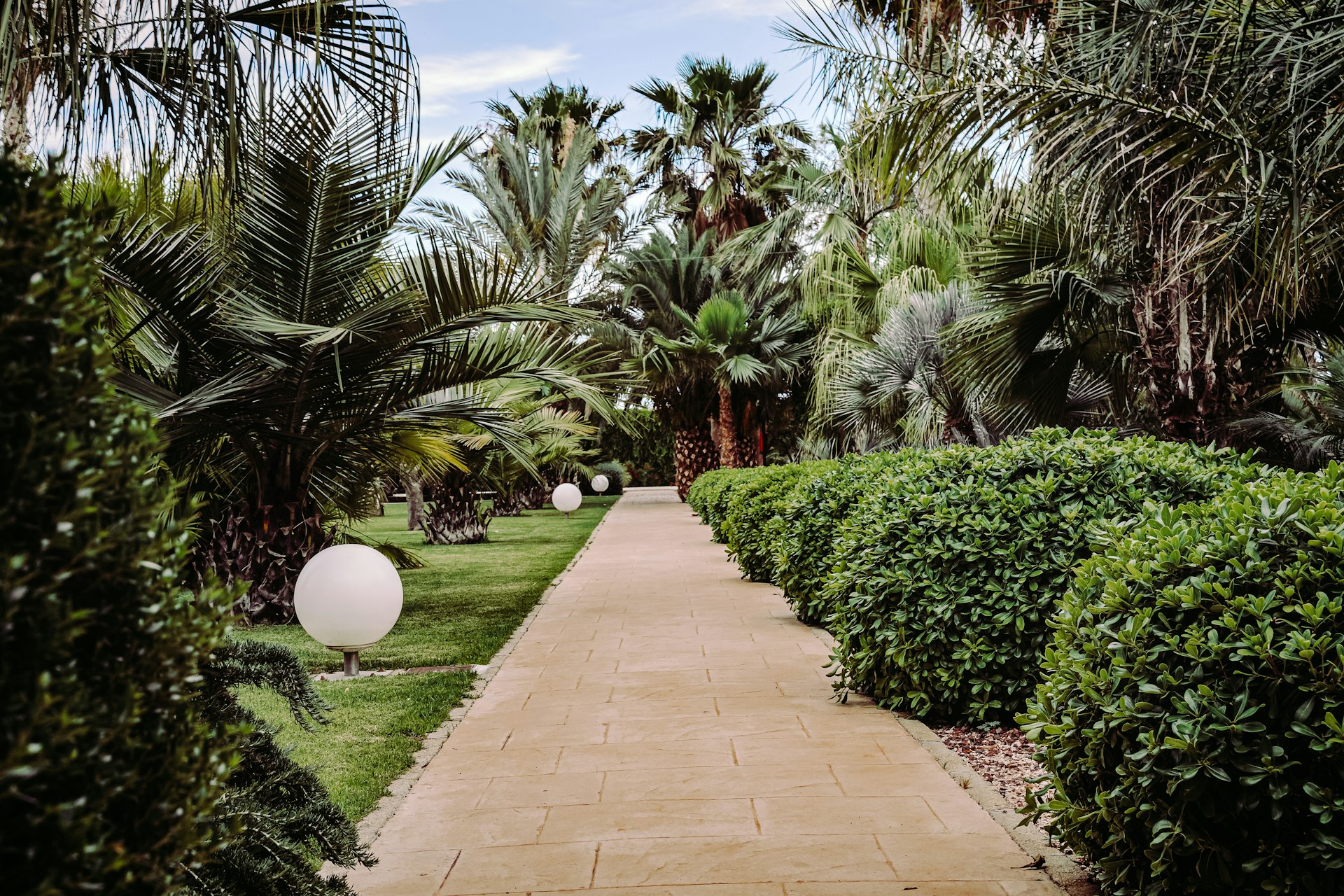Understanding Modular Home Construction Costs: A Step-by-Step Guide for Smart Buyers

Photo by Kostiantyn Li on Unsplash
Introduction: Demystifying Modular Home Construction Costs
Building a modular home offers a streamlined alternative to traditional construction, with factory-built sections assembled on-site for efficiency and speed. Yet, understanding the full cost requires more than looking at base prices. Prospective buyers must consider everything from land preparation to custom finishes. This guide breaks down each component of modular home costs, provides actionable budgeting advice, and offers step-by-step instructions for starting your project.
1. The Real Cost of a Modular Home in 2025
As of 2025, the average modular home costs between $160,000 and $320,000 , with most homeowners paying around $240,000 for a complete build. Smaller, basic models may cost as little as $40,000 (excluding land and site work), while custom homes with larger footprints and premium finishes can exceed $900,000 [1] [2] . The price per square foot typically ranges from $80 to $160 , though this depends heavily on your region, builder, and customization choices [2] .
The key takeaway: advertised base prices rarely reflect the total investment. Factoring in site work, permits, and finishing touches is essential for a realistic budget.
2. Modular Home Cost Breakdown: Where Your Money Goes
Understanding each line item in your modular home estimate helps prevent budget overruns. Here’s a typical breakdown for a mid-sized modular home:
- Base Unit (Factory-Built Modules): $50-$100 per square foot. This covers the core structure, basic interior finishing, and delivery to your site [3] .
- On-Site Construction: $30-$60 per square foot. Includes assembling modules, sealing joints, utility hookups, and final systems installation.
- Land Preparation: $1,400-$5,800 for clearing and $400-$6,500 for grading [4] .
- Foundation: $7-$30 per square foot depending on your choice of slab, crawlspace, or basement.
- Utility Construction: Typically $6,700, but can be higher if your site is remote or lacks easy access to water, sewer, or electrical connections.
- Permits and Fees: $500-$5,000, with local requirements varying widely.
- Taxes: $5,000-$10,000 depending on your locality.
- Freight: $5,000-$15,000 to transport modules from the factory to your property.
Each project is unique, so your final cost will reflect your lot’s conditions, your home’s size and layout, and the finishes you select.
3. Cost Factors: Customization, Size, and Location
Customization is one of the largest drivers of cost. Standard models with minimal upgrades are the most affordable, but adding features like energy-efficient windows, luxury kitchens, or unique layouts can drive costs up by 20% to 100% [1] . For example, a basic two-bedroom modular home might start at $40,000, while a fully custom 3,000-square-foot design could reach $900,000.
Size also matters. Not only does a larger footprint require more materials and labor, but it also increases the cost of the foundation, utilities, and permits. Expect average costs by bedroom count to range from:
- 2 bedrooms: $40,000-$128,000
- 3 bedrooms: $80,000-$208,000
- 4 bedrooms: $144,000-$352,000
- 5 bedrooms: $192,000-$480,000+
Location impacts both labor and transportation costs. Sites in rural or hard-to-reach areas may require more expensive freight and utility construction. Local building codes and permit fees also vary significantly by state and municipality.
4. Step-by-Step Guide to Budgeting for Your Modular Home
To avoid surprises and ensure your project stays on track, follow these budgeting steps:
- Set a Realistic Budget : Consider your total available funds, including financing and cash reserves for unexpected costs. Remember to include land purchase, site preparation, and finishing expenses.
- Choose Your Builder Carefully : Research builders with proven modular experience. Ask for detailed quotes and references. Many reputable builders provide breakdowns of base model vs. total turnkey pricing.
- Get Multiple Quotes : Prices can vary widely. Compare detailed bids to ensure all essential items are included, such as site work, permits, and utility hookups.
- Plan for Contingencies : Set aside a contingency fund (at least 10-15% of your total budget) for unexpected expenses like soil problems, weather delays, or code upgrades.
- Confirm All Costs Upfront : Before signing contracts, require a full accounting of every cost, including optional upgrades and customizations.
For additional guidance, you can consult with a local architect, construction manager, or your state’s housing authority. Many states have official resources on modular home regulations and builder licensing; search using terms like “modular home regulations [your state]” for the most accurate information.
5. Avoiding Hidden Costs: What to Watch For
Many buyers are caught off guard by hidden expenses. Common overlooked costs include:
- Land Acquisition : Unless you already own a buildable lot, land can be a significant additional cost.
- Site Challenges : Sloped lots, poor soil, or remote locations increase excavation, grading, and utility costs.
- Permits and Inspections : Fees vary by locality and can add thousands to your project.
- Finishing Work : Not all builders include landscaping, driveways, or outbuildings in their quotes.
- Upgrades and Changes : Last-minute decisions to upgrade finishes or alter designs are often more expensive after the initial contract is signed.
To minimize risk, request a detailed, itemized contract and ask your builder to specify what’s included-and what’s not. If any aspect of the build is unclear, seek clarification before construction begins.
6. Financing Your Modular Home: Options and Tips
Most buyers finance modular homes using construction loans, which convert to regular mortgages after the home is completed. Some lenders have specific requirements for modular construction; it’s essential to work with a bank or credit union experienced in this type of project. You can:

Photo by Михаил Лазарев on Unsplash
- Contact your current bank or local credit union to ask about modular home loans.
- Research national lenders with modular experience-search online using terms like “modular home construction loan [your state]”.
- Gather all required documentation in advance, including builder contracts, site surveys, and permits.
Some state housing agencies offer first-time buyer programs or down payment assistance that may be applicable to modular homes. Visit your state’s housing authority website or contact them directly for more details.
7. Practical Tips for a Successful Modular Home Build
To ensure a smooth experience:
- Work with reputable, licensed professionals . Check builder credentials and reviews-many states provide online contractor lookup tools.
- Stay involved at every stage . Visit your site regularly and communicate with your builder about progress and any issues.
- Consider future resale value . Choose finishes and layouts that will appeal to a broad range of buyers.
- Keep records . Save all estimates, contracts, change orders, and receipts for future reference or warranty claims.
If you encounter issues or disputes, you can contact your state’s licensing board or consumer protection agency for assistance.
References
- [1] Angi (2025). Breaking Down Modular Home Prices: A Complete Guide.
- [2] HomeGuide (2023). 2025 Modular Home Prices: Cost to Build Prefab House.
- [3] Tri-Town Construction (2025). Modular Homes Price Range: What You’ll Really Pay.
- [4] HomeAdvisor (2025). How Much Does It Cost to Build a Modular Home?
MORE FROM hotondeals.com













